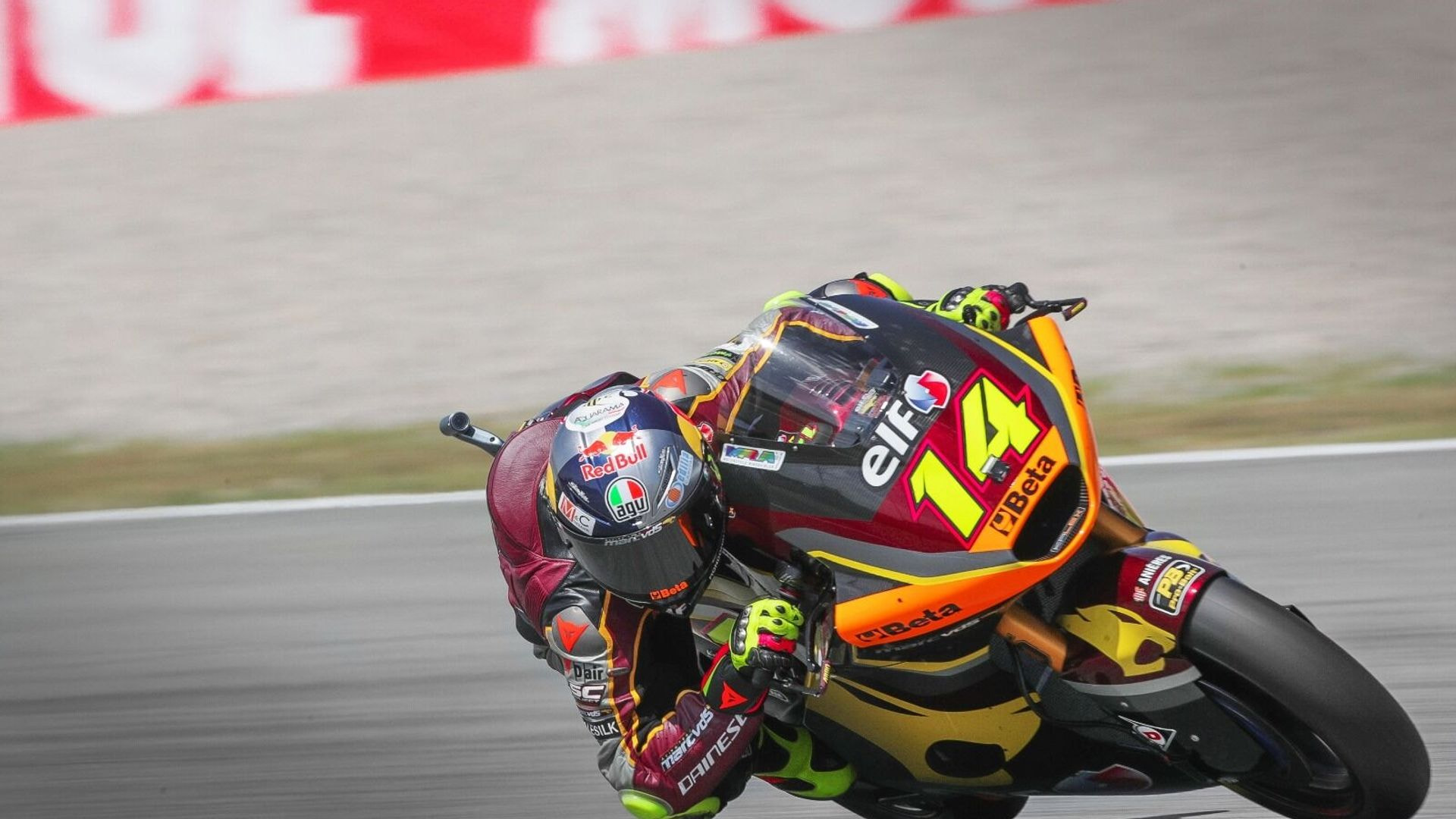Until 1990, Sachsenring belonged to the territory of the then German Democratic Republic and passed through the urban center of Hohenstein-Ernstthal. Today, the circuit lies on the outskirts of the Saxon town, is run counterclockwise and is the shortest of the Motomondiale circuits at 3,671 meters long!
However, it is not very wide: 12 meters, with 10 left turns and only 3 right turns. The first part is very mixed to be almost a 'go-kart track,' and the second very fast.
Although the track is rather short, the straight is 700 meters and all uphill: this means that the engine power will be felt a lot.
According to Brembo data, the twistiness of the Sachsenring translates into modest use of the brakes: there are 8 braking sections, 6 of which are in left-hand turns (only in Austria and Thailand are there fewer).

.png)



